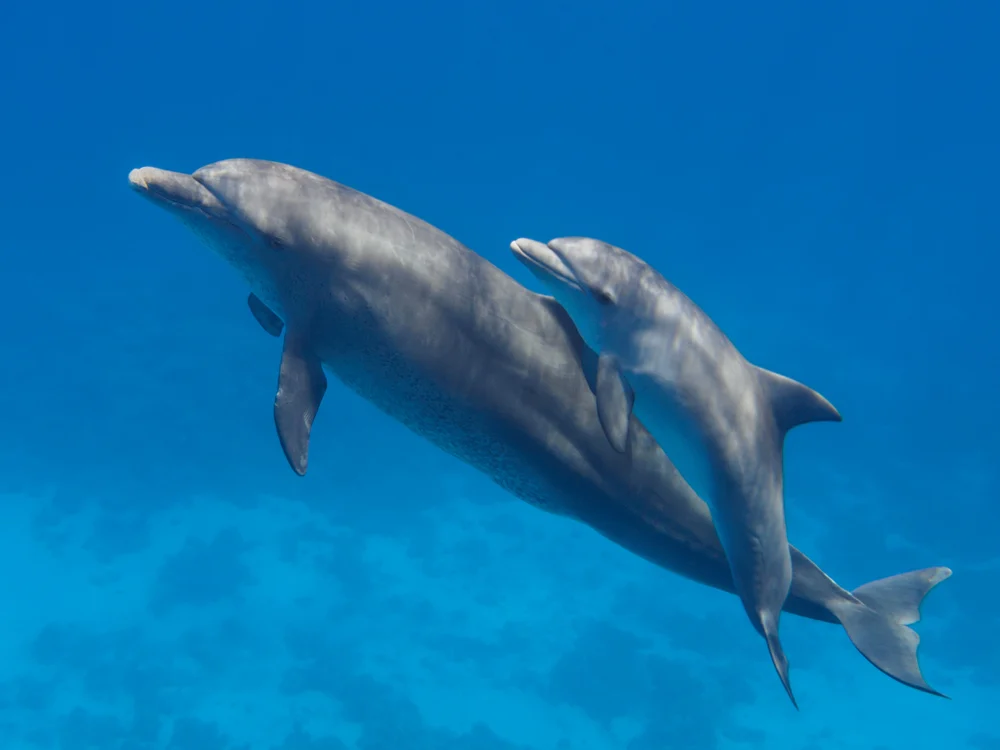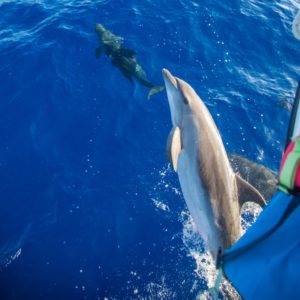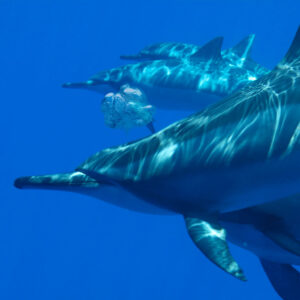The life of a dolphin can be broken down into several distinct phases, each with its own unique characteristics and challenges.
- Newborn: Dolphins are born at around 1 meter in length and weigh around 20-30 kg.
- Juvenile: This phase lasts for several years, during which dolphins continue to grow and develop.
- Adolescent: During this phase, dolphins reach sexual maturity and begin to participate in social and mating behaviors.
- Adult: Fully grown and reproductively active, adult dolphins live in complex social groups called pods.
- Aging and Senescence: As dolphins age, their body functions begin to decline, and they may become less active and more vulnerable to disease and injury.
The first phase of a dolphin’s life is the newborn phase. During this phase, dolphins are born at around 1 meter in length and weigh around 20-30 kg. They are typically born tail first, and the mother will help the calf to the surface for its first breath. The mother will also help the calf to nurse and will stay close to the calf to protect it from predators. This phase typically lasts for a few weeks to a few months.
The next phase of a dolphin’s life is the juvenile phase. During this phase, which can last for several years, dolphins continue to grow and develop. They will begin to learn how to swim and how to catch fish. They will also begin to form social bonds with other dolphins in the pod. As they grow, they will begin to explore further from the pod and will begin to interact with other pods.
As they enter the adolescent phase, dolphins reach sexual maturity and begin to participate in social and mating behaviors. This phase can last for a few years, and during this time, the dolphins will establish their own social hierarchy within the pod. They will also start to form pairs or small groups for mating.
When dolphins reach the adult phase, they are fully grown and reproductively active. Adult dolphins live in complex social groups called pods, which can range in size from a few individuals to several hundred. Pods are usually made up of related individuals, such as mothers, daughters, and sons. Adult dolphins will spend most of their time foraging for food, caring for their young, and engaging in social behaviors.
Finally, as dolphins age and enter the aging and senescence phase, their body functions begin to decline, and they may become less active and more vulnerable to disease and injury. This phase can last for several years, and during this time, the dolphins will spend less time foraging and more time resting. As their body functions continue to decline, they will eventually pass away. It is important to note that human-caused deaths, such as bycatch in fishing gear, injury or disease caused by pollution, and boat strikes, also have a significant impact on dolphin populations.
When a Dolphin dies, how does the Dolphin pod respond?
When dolphins die, their bodies typically sink to the bottom of the ocean. However, in some cases, other dolphins in the pod may stay with the deceased dolphin for a short period of time, seemingly mourning or showing some form of social behavior. In some cases, dolphins have been observed pushing a dead companion to the surface to keep it from sinking. However, this behavior is not well understood and more research is needed to fully understand the nature of dolphin death rituals.
This is a video WILL pull your heart strings:
It is also worth noting that some human-caused deaths, such as bycatch in fishing gear, injury or disease caused by pollution, and boat strikes, also have a significant impact on dolphin populations.










